Rapid Reproduction Is An Advantage Of Which Process

Urgent health alert: Rapid reproduction, a key advantage in the spread of infectious diseases, poses a significant threat as new variants emerge. Experts emphasize the critical need for swift action to mitigate the impact of this biological imperative.
The rapid replication rate of pathogens, primarily through asexual reproduction, enables them to quickly adapt to changing environments, including host immune responses and antimicrobial treatments. This poses a major challenge to public health efforts aimed at controlling outbreaks.
The Science Behind Rapid Reproduction
Asexual reproduction, encompassing processes like binary fission in bacteria and viral replication within host cells, allows for exponential growth. Unlike sexual reproduction, it doesn't require finding a mate, saving time and energy.
A single bacterium can divide every 20 minutes under optimal conditions. This leads to millions of offspring in a matter of hours. This exponential growth rate amplifies the risk of infection and transmission.
Viruses, though not technically living organisms, also exhibit incredibly rapid replication rates. They hijack host cell machinery to produce numerous copies of themselves in a short period.
Why Rapid Reproduction Matters in Disease
The rapid reproductive rate of pathogens directly impacts the speed and scale of disease outbreaks. A faster replication rate translates to quicker symptom onset, higher viral loads, and increased transmission potential.
Dr. Anya Sharma, a leading epidemiologist at the Centers for Disease Control and Prevention (CDC), emphasizes the importance of understanding this dynamic. "The faster a pathogen reproduces, the harder it is to contain," she warns.
Furthermore, rapid reproduction increases the likelihood of mutations. These mutations can lead to the emergence of drug-resistant strains, further complicating treatment strategies.
The Implications of Rapid Reproduction
The speed at which pathogens reproduce has profound implications for public health interventions. Traditional control measures, such as quarantine and contact tracing, may be insufficient to halt the spread of highly contagious agents.
WHO data reveals a direct correlation between reproductive rate and the effectiveness of interventions. Pathogens with slower reproductive rates are generally easier to control.
The rapid spread of COVID-19 variants highlighted the devastating consequences of rapid reproduction. SARS-CoV-2's ability to rapidly replicate and mutate overwhelmed healthcare systems worldwide.
Current Research and Strategies
Scientists are actively developing new strategies to combat pathogens with rapid reproduction rates. These include developing rapid diagnostic tests and broad-spectrum antiviral drugs.
Researchers are also exploring ways to disrupt the replication process itself. This could involve targeting specific enzymes or proteins essential for pathogen reproduction.
Ongoing studies are focused on understanding the genetic mechanisms that drive rapid replication. This knowledge is crucial for developing targeted therapies.
The Road Ahead
Combating pathogens with rapid reproductive rates requires a multi-faceted approach. This includes investing in research, improving public health infrastructure, and promoting global cooperation.
The development and deployment of vaccines remain a critical tool. Vaccines can prime the immune system to respond quickly to infection, limiting the pathogen's ability to reproduce and spread.
Failure to address the challenge posed by rapid reproduction will have severe consequences. It will exacerbate the risk of future pandemics and undermine global health security.


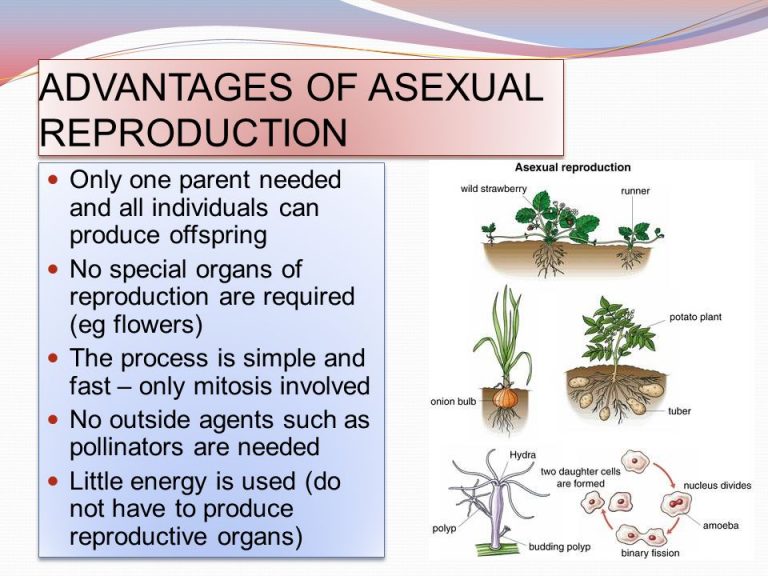




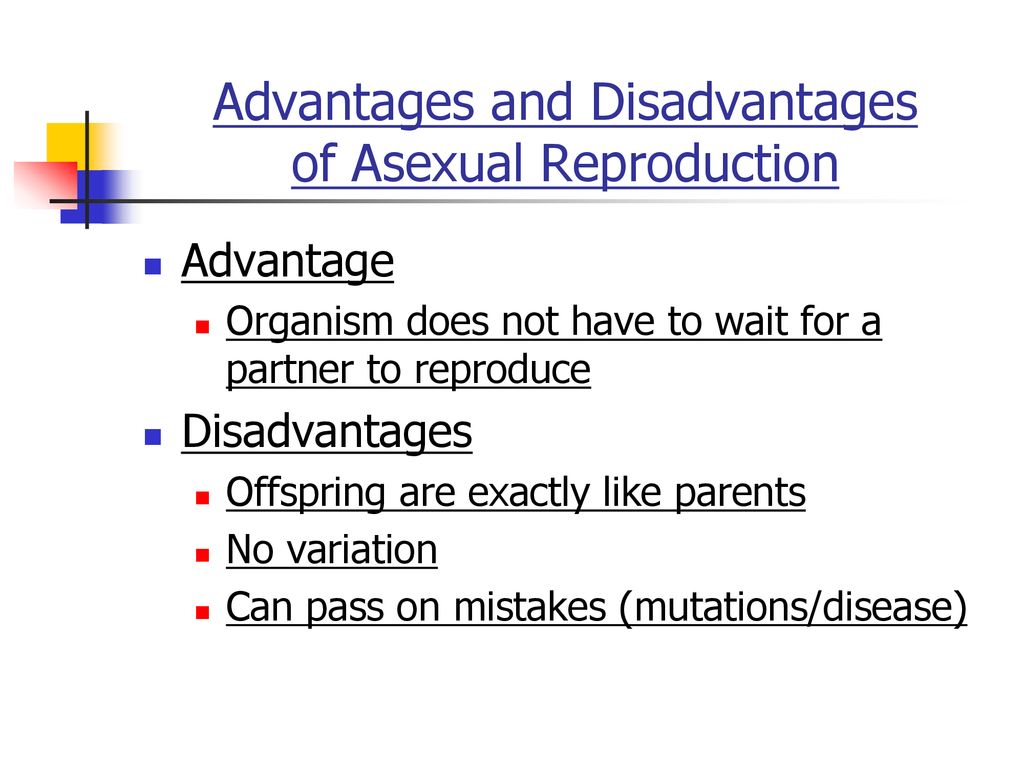


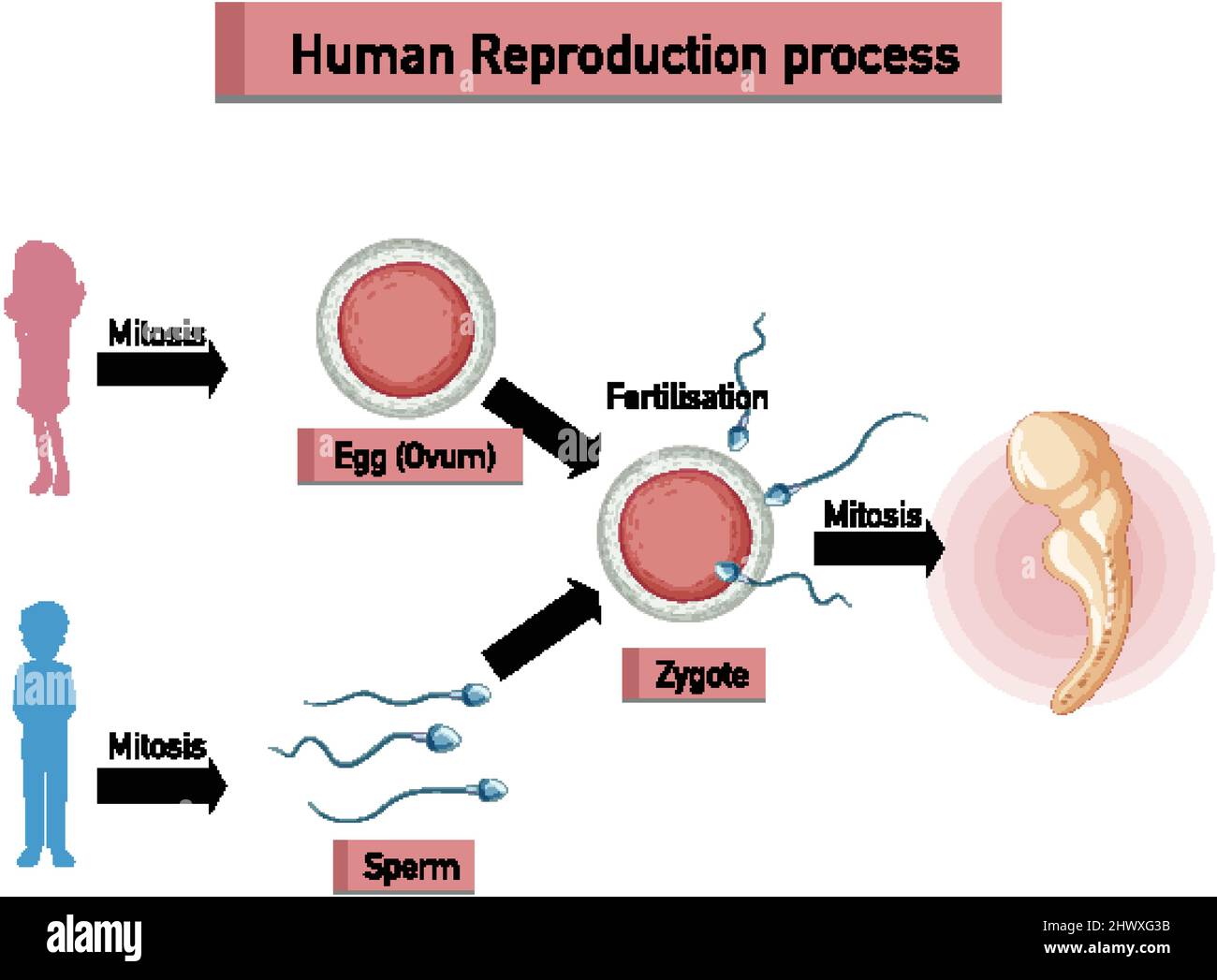

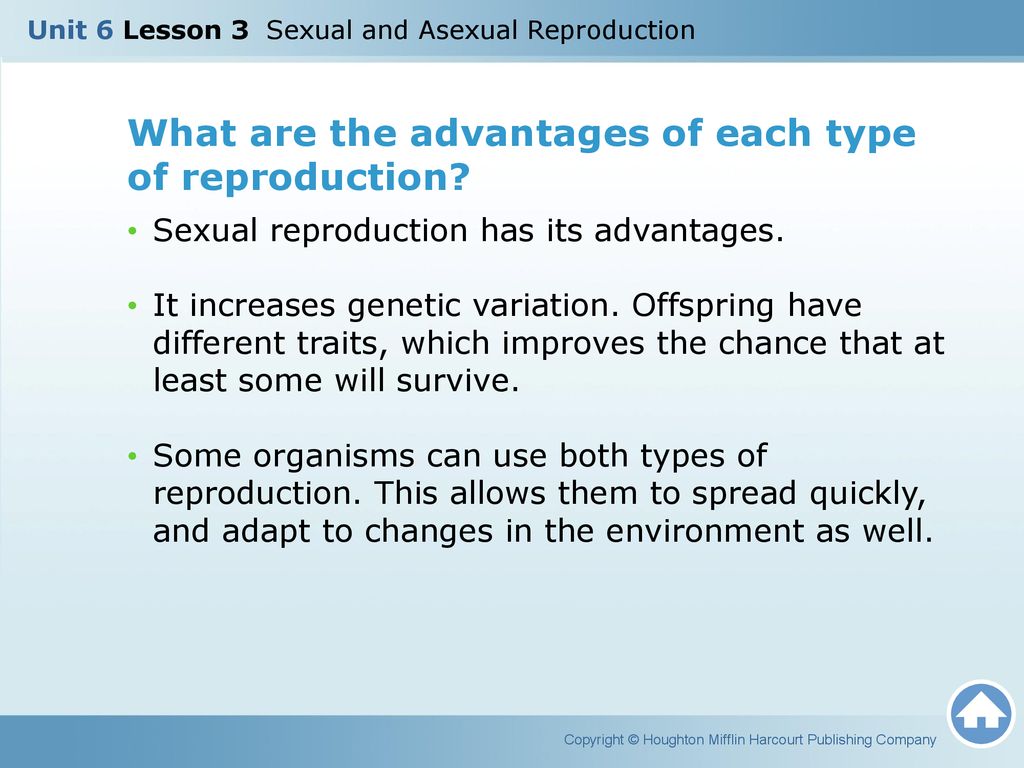
.jpg)
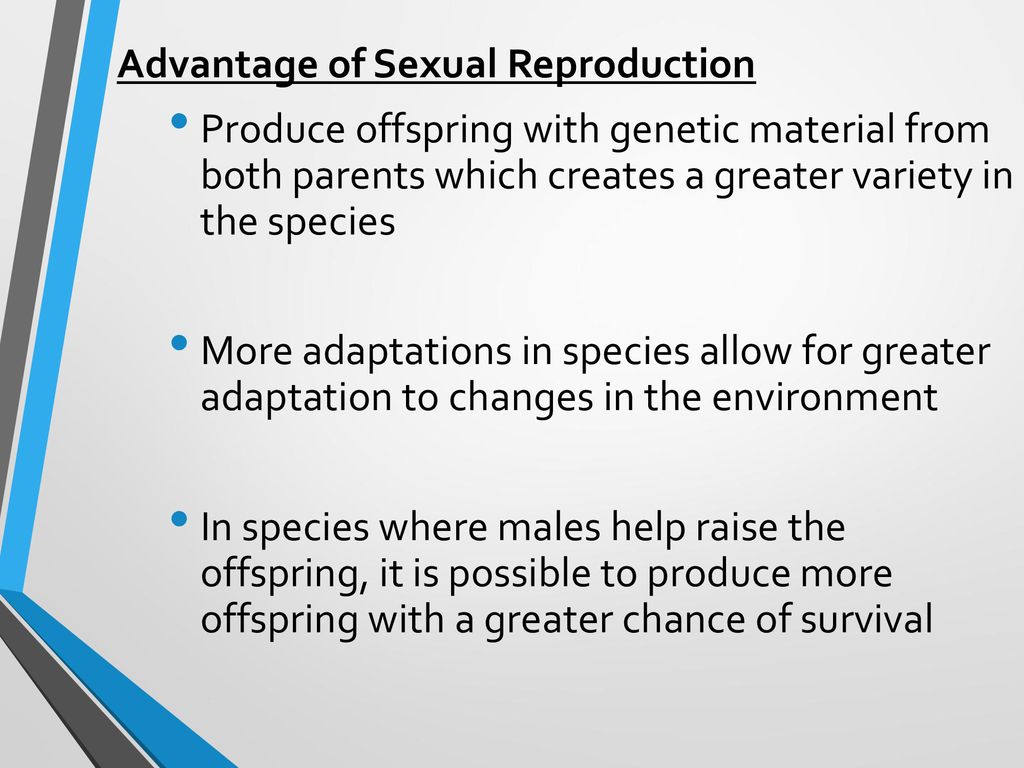
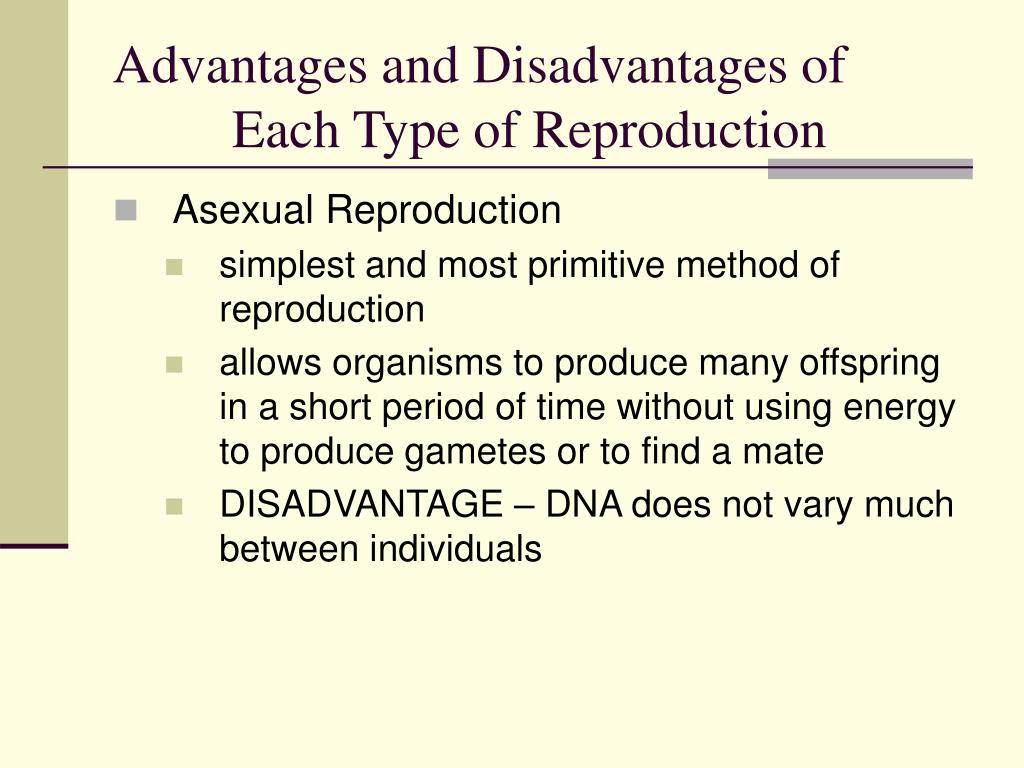
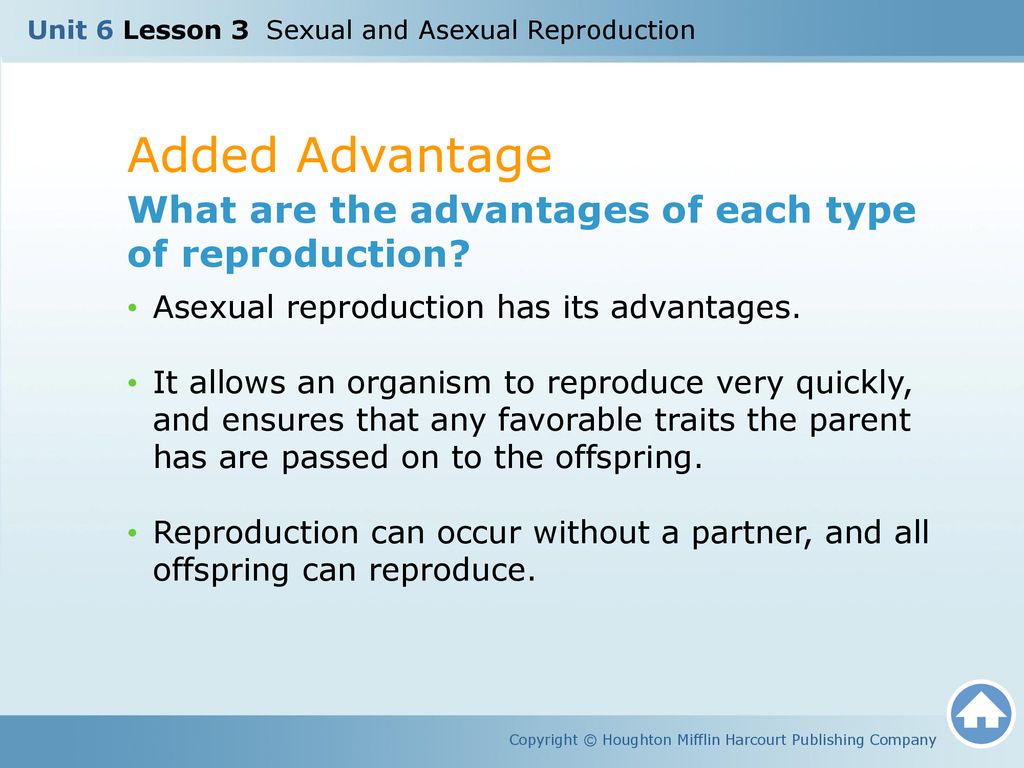
+Types+of+Reproduction.jpg)
